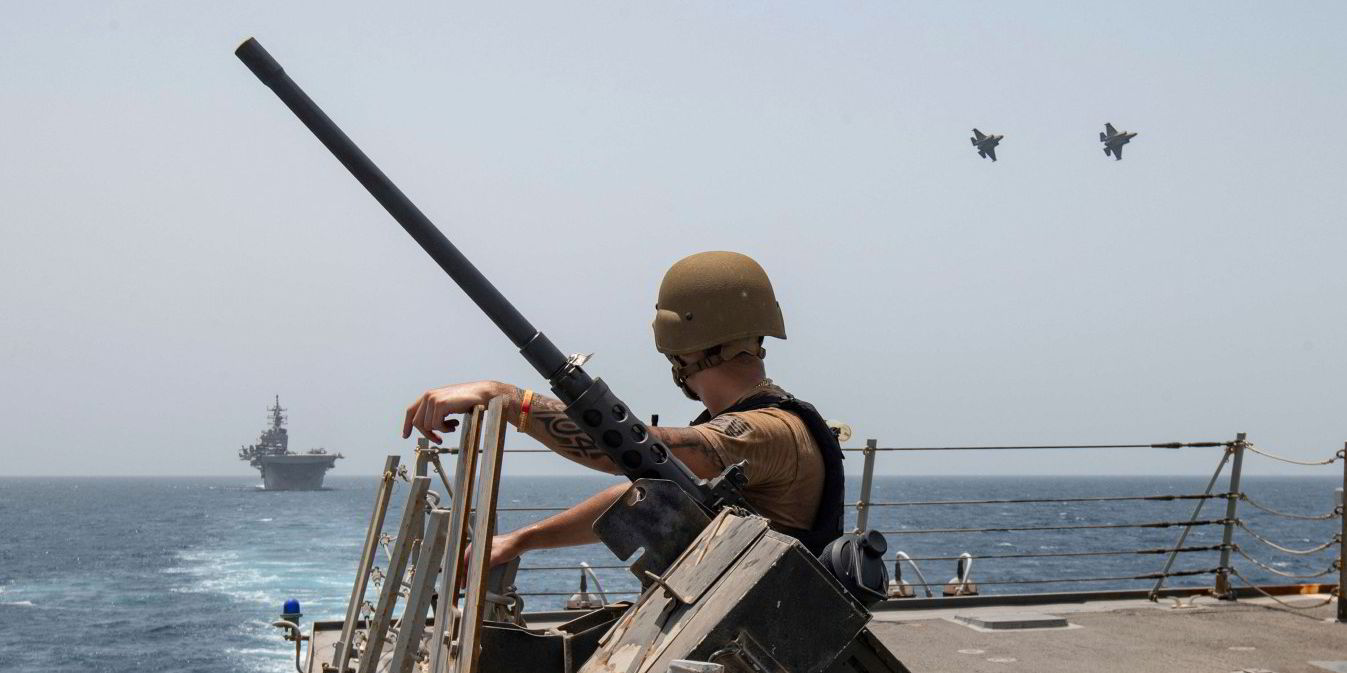Dark humour and harsh realities were on show as major shipowners digested the potential of returning vessels to the southern Red Sea at the TradeWinds Shipowners Forum in New York.
Yemen’s Houthi rebels have been attacking vessels with missiles, rockets and drones since before Christmas, causing havoc in one of the world’s key shipping lanes.
“Who here hasn’t been shot at?” asked Anthony Gurnee, chief executive of Ardmore Shipping, during a panel discussion about geopolitical risks on Wednesday.
“The reality is when the conditions are right, we are all going to go back, and when the conditions are not right, we are not going to go,” he told the conference.
“We are a long way from it being safe. The fact we are all here in New York means we probably have a connection to a country that the Houthis don’t like much.
“So, maybe others go back sooner. But it feels like it’s a fairly treacherous body of water now.”
Attacks in the Red Sea are just one element of the complex geopolitical picture, which was further fuelled by Iran’s seizure of a container ship in the Hormuz Strait on Saturday.
Robert Bugbee, president of Scorpio Tankers, said that since the Hamas attack on Israel on 7 October last year, risks had escalated on an almost weekly basis, with increased hostilities and instabilities in the area.
“Despite the rhetoric from the various governments, it’s a steady path of increased instability,” he said.
“I think we have to put on the table an actual broadened environment of instabilities and some pretty bad scenarios, which would include things that are going to affect the world economy.”
Lois Zabrocky, chief executive of International Seaways, noted that around 20m barrels per day of oil pass through the Strait of Hormuz.
“There are only 100m bpd consumed in the world,” she said. “So, my odds are hopefully all the people in positions of power in the world will work together to keep the Strait of Hormuz open.”





